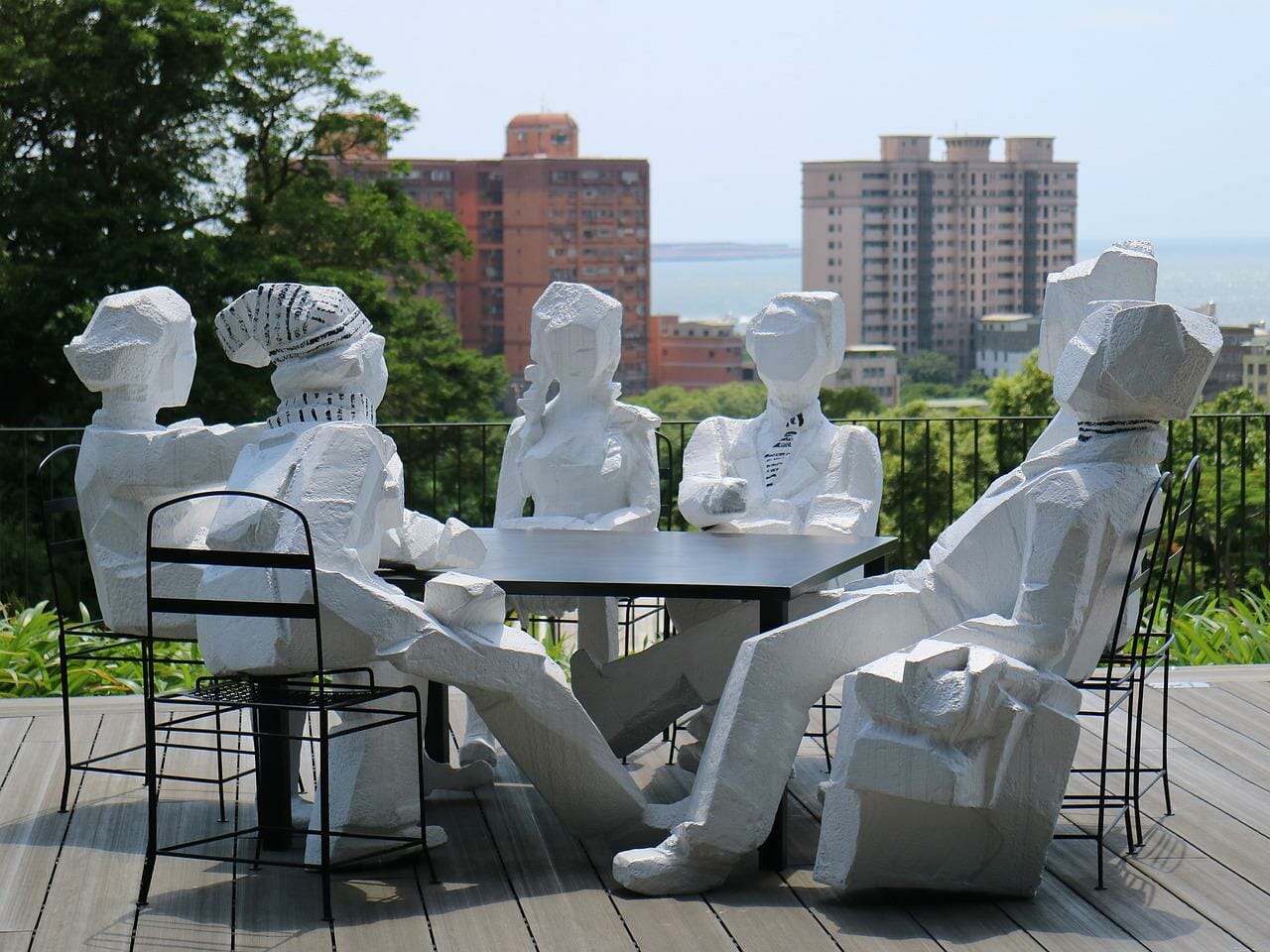Real Unity Comes Through Communication Amidst Diversity
By Kryshia Gayle Solon
HAPI Scholar

The current world we live in is one of great diversity. With such a vast array of cultures and beliefs, it can be challenging to communicate with one another effectively. As the world becomes ever more connected through technological advances and communications, the need to bridge the gaps between people becomes increasingly important. One way of creating unity (actual unity, not just the buzzword co-opted by politicians) is by engaging in intercultural communication. To understand how and why intercultural communication can promote unity amongst diverse groups, we must first understand how communication generally works and how this process can be applied to different cultures.
“It is essential to be aware of differences and to be open to new ideas and ways of thinking that may differ from your own.”
Communication occurs due to interaction between two or more individuals or groups. It may involve verbal or non-verbal messages such as facial expressions and body language. When communicating with people from other cultures, we must be aware of potential cultural differences that may impact how we communicate with the other person. Cultural differences may include how you dress, what you say, and how you say it as well as what you do and do not value as important. These differences can impact how someone from another culture interprets your messages and lead to misunderstandings. It is therefore essential to be aware of these differences and to be open to new ideas and ways of thinking that may differ from your own. It is also essential to be patient when attempting to communicate because it takes time to build a rapport with another person. It can be challenging to understand someone else’s point of view if you do not understand where they are coming from.
 By recognizing and respecting the differences in other people’s cultures, we can increase understanding and empathy between people from different backgrounds. This is the first step in promoting unity through communication. Another key element of promoting unity is the courage to speak openly and honestly about sensitive issues. This means that we need to create an environment where it is safe to discuss challenging topics with people who hold different views from us. If we disagree with one another, we should acknowledge that we are different, but that this does not make us any less equal, nor does this give others the right to invalidate our point of view,
By recognizing and respecting the differences in other people’s cultures, we can increase understanding and empathy between people from different backgrounds. This is the first step in promoting unity through communication. Another key element of promoting unity is the courage to speak openly and honestly about sensitive issues. This means that we need to create an environment where it is safe to discuss challenging topics with people who hold different views from us. If we disagree with one another, we should acknowledge that we are different, but that this does not make us any less equal, nor does this give others the right to invalidate our point of view,
Amongst diverse groups, creating unity means engaging in dialogue – not performatively, mind you, but in good faith. Dialogue involves talking with people from different cultural backgrounds to understand and appreciate their unique perspectives and ideas. It is a way of actively listening to the views and opinions of others so that we can better understand their experience and viewpoint. Communicating directly and respectfully with people from different backgrounds is key to fostering mutual understanding and bringing different perspectives together to form an inclusive society. It is important to be aware of our own cultural biases and stereotypes and to embrace cultural diversity and pluralism by treating people with respect, sensitivity, and inclusivity if we want to achieve unity despite our differences.









